Top 10 interesting facts about the Moon you may not know
Start a trip to the Moon to discover the top 10 interesting facts about it! The discoveries about the Moon will surprise you and want to learn more about the beautiful satellite of the Earth.
Do you know why it is called Full Moon ? In fact, the full moon has no dark side. [Full Moon facts - Full moon may not be known]
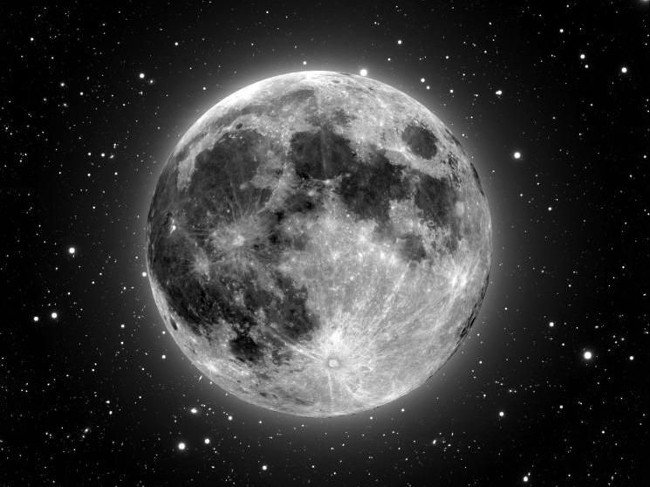 Photo source: NOAO / AURA / NSF
Photo source: NOAO / AURA / NSF
Big Whack
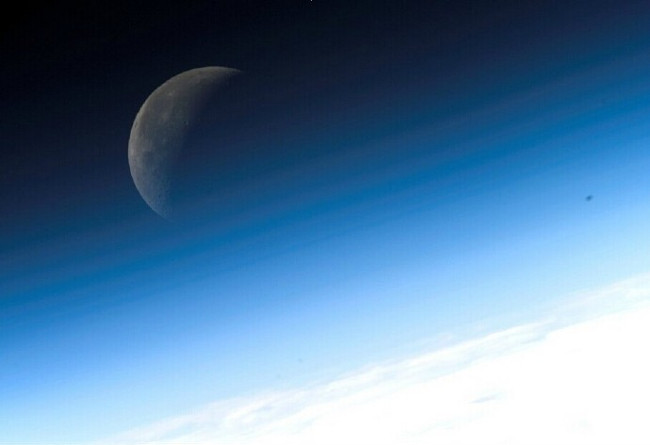 Photo source: NASA
Photo source: NASA
" The moon is formed as a result of a collision called a Big Impact or Big Whack. It's like: A giant object the size of Mars hits the Earth from 4.6 billion years ago after the Sun and the Solar System were born, a cloud of evaporated rock (the combination of Earth and other objects) went into orbit around the Earth. The cloud is cooled and condensed into a small, solid belt, then joined together to form the Moon, "the scientists said.
The moon grows
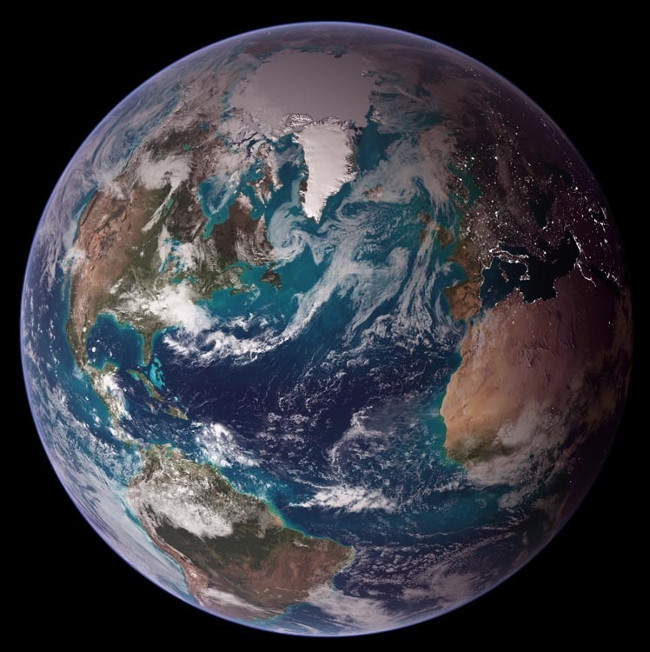 Photo source: Reto Stöckli, NASA
Photo source: Reto Stöckli, NASA
Although not at the same time, every day the Moon rises from the East and dives to the West - similar to the Sun and other stars, for the same reason that the Earth turns on its axis. To the east, drag the cosmic objects into view and then make them predominate. The moon also has a trajectory ride around the Earth for a round of 29.5 days. In the sky, this motion gradually turned to the east, although it could not be observed in any observation session given. However, this is the reason why the Moon is growing every day about 50 minutes later than the previous day.
That also explains why the Moon sometimes rises in the evening and goes up at night, while at other times it only grows once or mostly during the day.
The moon "has no dark side"
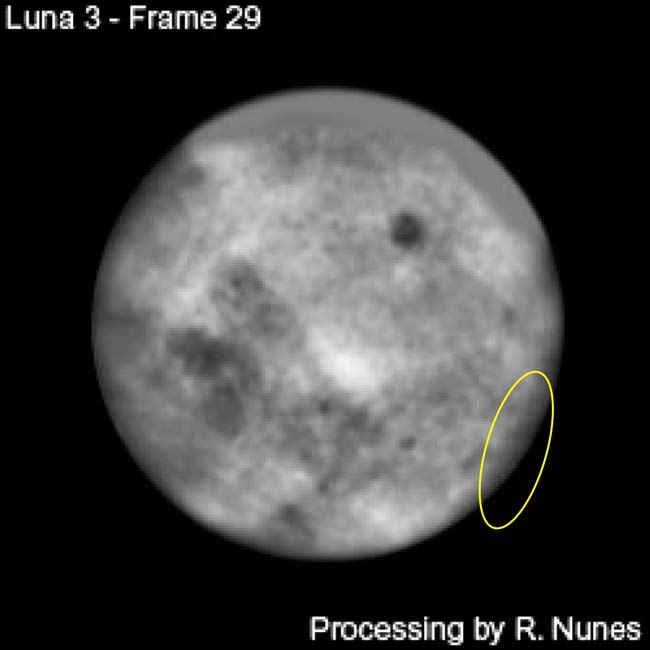 Photo source: Image courtesy NSSDC and Ricardo Nunes
Photo source: Image courtesy NSSDC and Ricardo Nunes
Contrary to what you know, the Moon has no dark side . However, there is a "distant face" that we cannot observe from Earth. This is why:
Long time ago, Earth's gravitational effects slowly orbited the Moon on its axis. When the Moon turns slowly slowly enough to match its orbital cycle ( the time for the Moon to orbit the Earth ), the effect is stable.
So, the Moon revolves around the Earth in a circle and rotates on its axis one round, both turns at the same time and most, it shows us one side.
Gravity is much weaker
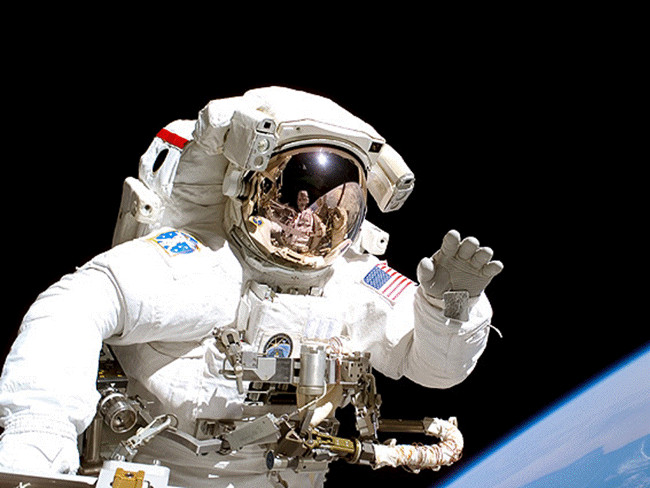
The size of the Moon is about 27% of the Earth's size and not too large. Gravity on the Moon is only about 1/6 of that of Earth's gravity. If you drop a stone on the Moon, it will fall more slowly ( and astronauts can hope to fly higher ). If you have a 68kg ( 150 pound ) weight on Earth, you will weigh about 11kg ( 25 pounds ) on the Moon.
The full moon is bigger and smaller
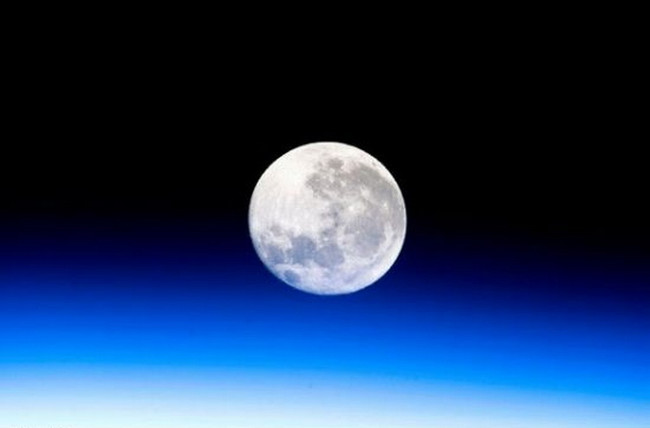 Photo source: NASA
Photo source: NASA
The Moon's orbit around the Earth is an oval , not a circle, so the distance between the center of the Earth and the center of the Moon changes through each orbit. At the point of access ( PEHR uh jee ), when the Moon is closest to Earth, the distance is 363,300 km ( 225,740 miles ) and at the perspective ( AP uh jee ), the farthest point is 405,500 km (251,970 miles ). .
When the full moon rises in the perspective, we can see that the spinning disc is 14% bigger and 30% brighter than the full moon the other day.
The moon is no bigger when it rises at night, but it is an illustration ( causing much controversy about what it did ). You can test yourself by holding something of the size of a normal pencil eraser when the Moon first appears to look very big, then try it again with the evening when the Moon is higher. and looks smaller. Next, to remove the eraser and compare, the two tests will look relatively similar.
History of "pitting surfaces"
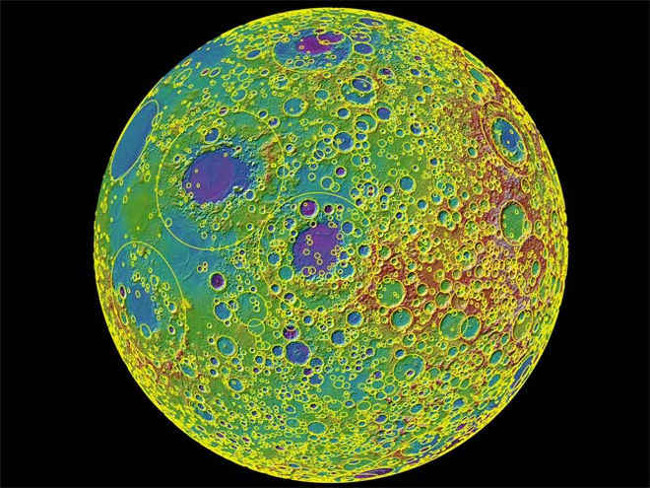 Photo source: NASA / LRO / LOLA / GSFC / MIT / Brown
Photo source: NASA / LRO / LOLA / GSFC / MIT / Brown
The dimples on the surface of the Moon reveal its violent history. Because there is almost no air on the surface of the Moon and little activity inside the Moon, the dent is recorded by the effects billions of years ago ( unlike Earth, violent acts will return immediately). then, but all indents are weathered or folded back to the planet ).
By gathering the moons of the Moon, scientists pointed out that the Moon ( and Earth ) had experienced Late Heavy Bombardment within 4 billion years ago. The latest thinking about the onslaught is that life can survive there, if the creatures have found a foothold.
Moon "not round"
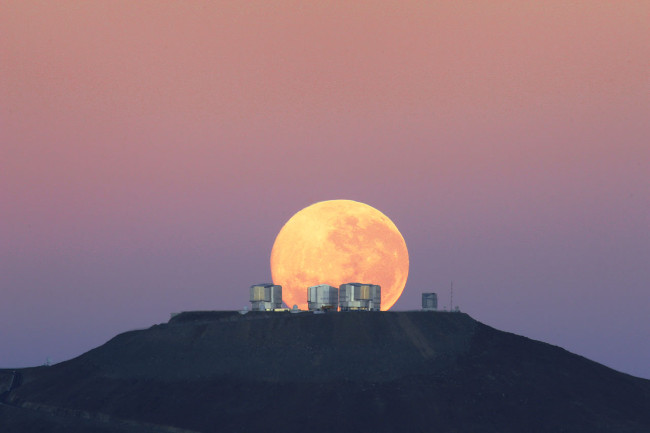 Photo source: Gordon Gillet, ESO.
Photo source: Gordon Gillet, ESO.
The moon is not round (or spherical), it is shaped like an egg . If going out and looking at the Moon, one of the small heads will shine on you. The central mass of the Moon is not in the geometric center of the satellites; which is about 2km (1.2 miles) out of the center. Similarly, the Earth also swells in its middle area.
Moon cave (Moonquakes)
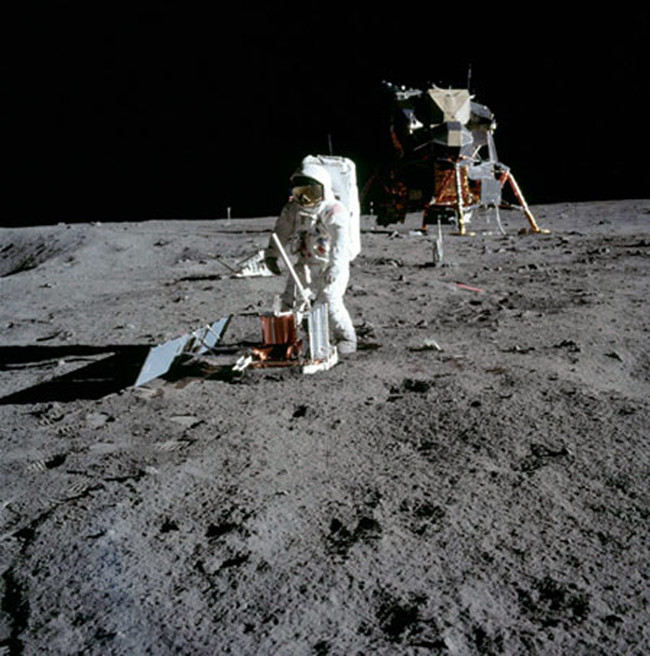 Photo: NASA
Photo: NASA
Apollo astronauts used seismic force on their journey to the Moon and discovered that the gray sphere was not a completely dead place, when speaking geologically.
The small " moon moons ", originating several miles (km) below the surface of the water, are thought to be caused by Earth's gravity. Sometimes, small cracks appear on the surface and the gas escapes.
Scientists think they think the Moon may have a hot core and partially melted, like the Earth's core. However, data from NASA's Lunar Prospector spacecraft shows in the 1999 Small Moon core - perhaps only about 2% to 4% of its mass. This size is very small compared to Earth, while iron core accounts for about 30 percent of the planet's mass.
An engineer said that "moon motions" should be included when designing future Moon bases.
Tides on the oceans
 Photo source: Stockxpert
Photo source: Stockxpert
The main tide on Earth is caused by the Moon ( the Sun has a smaller effect ). Here is how the tide works:
Gravity of the Moon drags on Earth's oceans. The high tide is aligned with the Moon when the Earth turns below. High tide occurs on the opposite side of the planet by gravity pulling the Earth towards the Moon rather than pulling towards the water.
On the day of the full moon and the new moon, the Sun, the Earth and the Moon lie in line, creating a higher tide than the normal tide ( called a hope, the way they grow ). When the Moon is in the first quarter or the last quarter will be smaller than when the tide formed. The moon's 29.5-day orbit around the Earth is not in a circle. When the Moon is closest to the Earth ( calling it near-point ), even the period of expectation is higher and they are called near- end squirrels .
All of this tug-of-war is an interesting effect: Some of the Earth's surrounding energy is stolen by the Moon, causing the planet to slow down by about 1.5 milliseconds each. century.
Moon goddess Luna
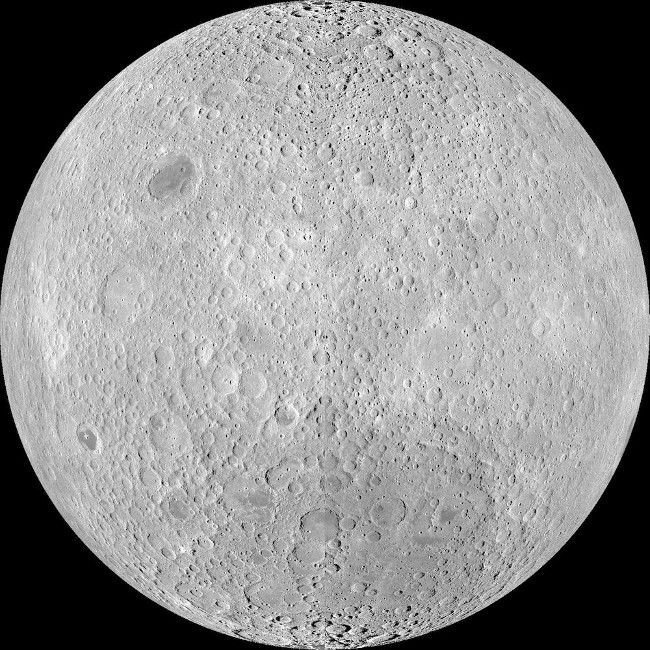 Image source: NASA / Goddard / Arizona State University
Image source: NASA / Goddard / Arizona State University
When you read this article, the Moon has moved away from us. Each year, the Moon takes some of the Earth's rotating energy and uses it to push itself about 4cm (1.6 inches) higher than its orbit.
Researchers say that when it formed about 4.6 billion years ago, the Moon is about 22,530km (14,000 miles) from Earth and is now 450,000 km (280,000 miles).
Meanwhile the speed of Earth's rotation is slowing - our days are longer. Finally, the tidal bulges of our planet will combine along a virtual path that runs through the center of the Earth and the Moon, our planetary rotation will stop quite well. a lot of. Earth Day will be a long month. When this happens, billions of years from now, the months on the ground will be longer - about our current 40 days - because during this time, the Moon will continue to move outward.
You should read it
- Full Moon facts - Full moon you may not know yet
- Discover incredible facts about the Moon
- Unexpected discoveries of the full moon
- The biggest super moon in 70 years will appear on November 14
- True moon, snow moon and comet will appear together today
- Synthesize high resolution moon wallpaper on computer
- This is why we always see the Moon always following us
- Why is the moon glowing?
- What's interesting is what happens if the Moon is 400km from Earth?
- We may be able to see the 'second moon' in the sky with the naked eye next May
- Why didn't NASA intend to return to the Moon?
- The extremely rare astronomical phenomenon 'Black Moon' will appear tonight
May be interested

20 pictures of super beautiful splendor around the world on November 14

'Aliens will arrive on Earth in September 2017' - Nostradamus' prediction

How hot is the planet of Mercury?

Reveal the best place to find life on Mars

The interesting fact about the universe is not quite the same as what we thought

Should metal gears be used in space missions?






 Discover incredible facts about the Moon
Discover incredible facts about the Moon 40 interesting facts you didn't know about the Sun.
40 interesting facts you didn't know about the Sun. Full Moon facts - Full moon you may not know yet
Full Moon facts - Full moon you may not know yet 10 strange and interesting facts about the universe you may not have heard of
10 strange and interesting facts about the universe you may not have heard of 15 interesting facts about DRAGON phenomenon you may not know
15 interesting facts about DRAGON phenomenon you may not know 11 interesting and quirky historical facts that make everyone think it's a joke
11 interesting and quirky historical facts that make everyone think it's a joke